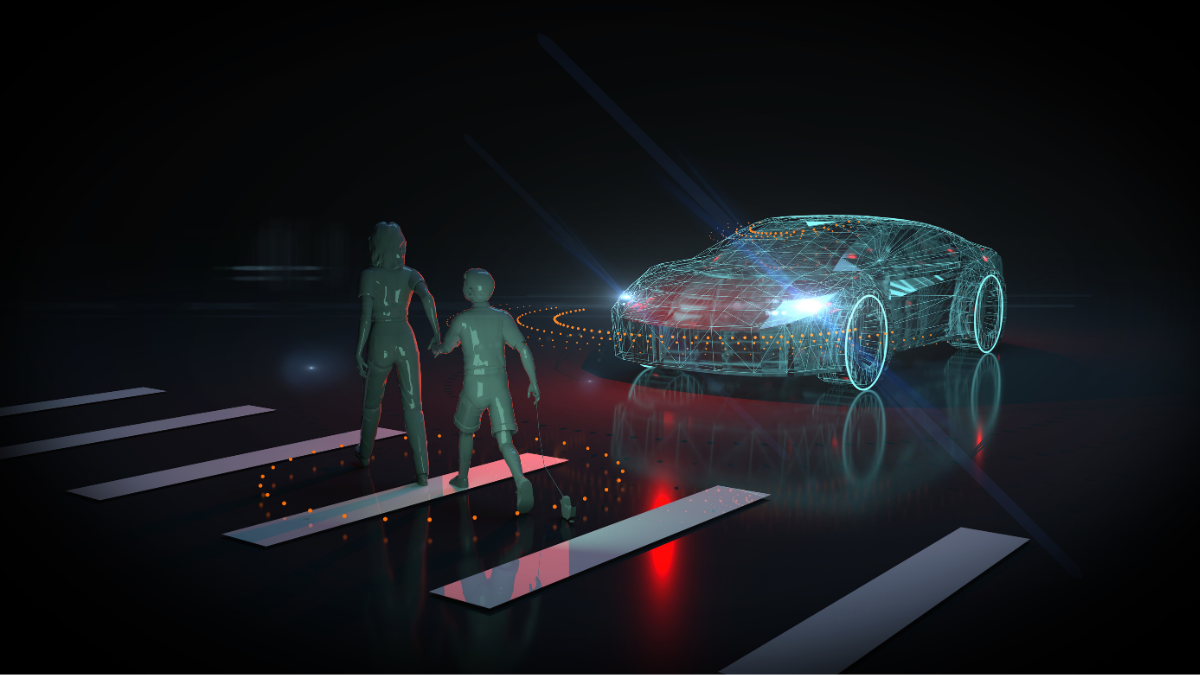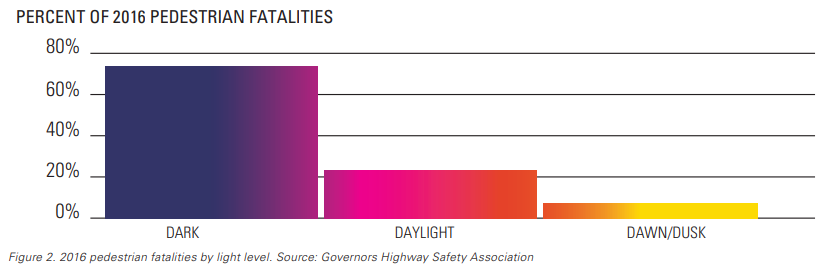Why do ATAS and Autonomous Vehicles Need Thermal Cameras?
-
 By
S J Electronics
By
S J Electronics
- 1 Jun 2023
- 0 Comments



Why do ADAS and Autonomous Vehicles Need Thermal Imaging?
Unlocking Enhanced Safety and Efficiency
The rise of autonomous vehicles has paved the way for revolutionary advancements in transportation and safety. To navigate complex environments, these vehicles rely on a combination of sensors and technologies to perceive their surroundings accurately. By harnessing the power of thermal vision, these vehicles can enhance safety, improve efficiency, and overcome challenges that traditional visual systems might encounter. We are about to delve into the advantages of thermal imaging for autonomous vehicles and how it transforms their capabilities.
Enhanced Vision in Low-Light and Adverse Conditions:
Thermal imaging allows autonomous vehicles to "see" beyond the limitations of traditional visual sensors. By capturing thermal radiation emitted by people and objects, thermal cameras can provide clear vision in low-light conditions, complete darkness, and weather such as fog, rain, or snow. This enables autonomous vehicles to operate safely and reliably in a diverse mix of environments, reducing the risk of accidents and improving passenger and pedestrian safety.


Object Detection and Classification:
Thermal imaging excels in detecting and classifying objects based on their heat signatures. This is particularly useful for autonomous vehicles to identify pedestrians, animals, or other vehicles, even in obstructed or visually challenging scenarios. By complementing traditional sensors, thermal imaging enhances object recognition accuracy, reducing false positives and ensuring robust detection capabilities.
Early Detection of Hazards:
Thermal imaging enables autonomous vehicles to proactively identify potential hazards on the road. By detecting heat signatures, vehicles equipped with thermal cameras can identify overheating engines, and smouldering objects, or even detect tire blowouts in real-time. This early warning system allows the vehicle to respond promptly, mitigate risks, and prevent accidents before they escalate.
Improved Energy Efficiency:
Thermal imaging can contribute to the energy efficiency of autonomous vehicles by optimising their heating, ventilation, and air conditioning (HVAC) systems. By monitoring occupant presence and temperature distribution inside the vehicle, thermal cameras can adjust the HVAC settings intelligently, reducing energy consumption and enhancing passenger comfort.
Enhanced Situational Awareness:
Thermal imaging provides an extra layer of awareness for autonomous vehicles. By detecting and visualising thermal signatures, vehicles can perceive the environment more comprehensively, including identifying hidden obstacles, tracking heat patterns, and identifying changes in road conditions. This heightened awareness empowers autonomous vehicles to make informed decisions and adapt to dynamic scenarios effectively.
The integration of thermal imaging technology into autonomous vehicles brings a variety of benefits, revolutionising their capabilities and enhancing safety and efficiency on the road.
By offering enhanced vision in low-light and adverse conditions, improving object detection and classification, providing early detection of hazards, optimising energy efficiency, and enhancing situational awareness, thermal imaging plays a crucial role in unlocking the full potential of autonomous vehicles.
As this technology continues to evolve and improve, we can look forward to further improvements in technology helping autonomous vehicles operaten more seamlessly, reliably, and safely, while transforming the way we travel and commute.




